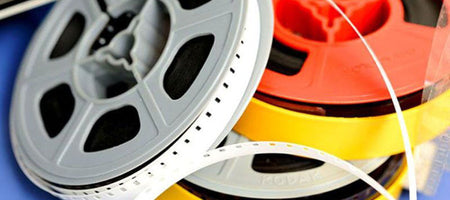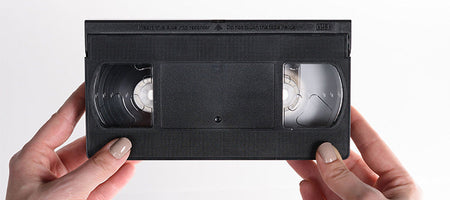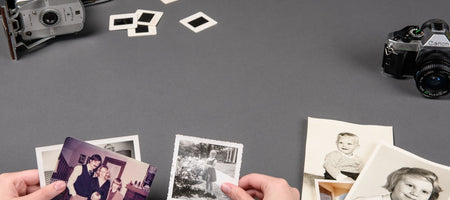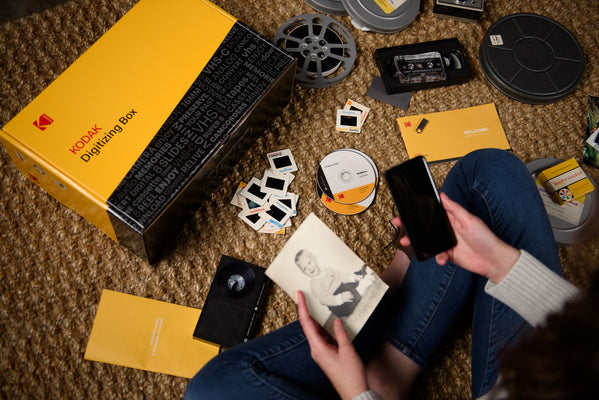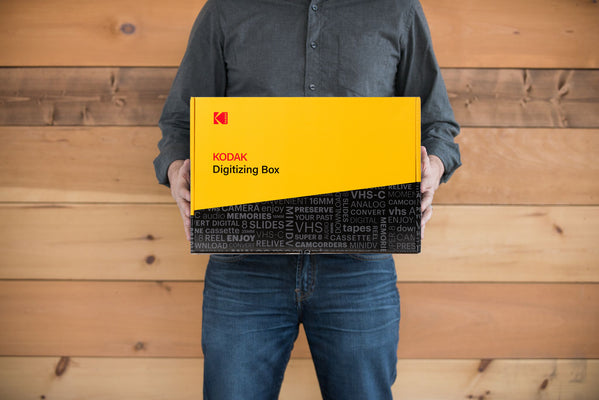If there’s one thing you shouldn’t miss about your old cassette tapes, it’s the chore of having to rewind them. And if that wasn’t the worst part, how about the nightmare of damaging or wrinkling that vulnerable magnetic tape? That was sometimes enough to make you want to throw your stereo system out the window entirely.
Yet, somehow – someway – cassette tapes have found a way back into pop culture and the nostalgic wave of digging out and dusting off our old cassettes is slowly growing with the ripple of buying new ones.
And all that begs the question: How do you get wrinkles out of your old cassettes? Can they even be repaired? Let’s hit that little triangle and let this one play out.
But first off, let’s start with a disclaimer: What you’re about to read on this list may work. MAY WORK. Just know that by doing any of the below procedures to your cassettes, you take full audio responsibility for their accidental demise.
Okay! Now that we’ve got that is out of the way, let’s dig in.
Coffee mug full of hot water
This trick resembles ironing … but for your tape. Sounds ridiculous but here it out. The basic principle lies in the idea that by wrapping the wrinkled part of a tape around a mug of hot water or coffee, the warmth will help flatten out the magnetic tape. Similar to how ironing works on your clothes or a straightener on your hair. The technique may be a bit of a stretch, but if you’re out of ideas, you might consider giving it a try. If it doesn’t work, you’ve at least got yourself a nice hot cup of coffee to enjoy while you plot your next wrinkle-free scheme.
Scotch tape surgery
Everybody has some Scotch tape lying around somewhere in their junk drawer. If you’re comfortable with performing a little patch work, then consider smoothing out the wrinkled area with some Scotch tape (or special splicing tape). Just make sure the Scotch tape goes on the top side (not the side that passes through the signal heads). The tape job may help smooth out the wrinkled patch, but you’ll probably still notice some audible defects or muffling.
Splice & dice
This trick works just like it sounds. You essentially splice the tape to remove the damaged or wrinkled section and then you join the good ends of the tape back together again with specific splicing tape. It’s a delicate job and more intensive than the previous options but it may be worth trying if you’re absolutely set on saving what’s undamaged on your cassette.
Whatever route you decide to choose, you’re more than likely going to notice audible issues. However, you still might be able salvage the cassette tape with one of the three methods above.
The absolute best way to get rid of a wrinkled tape?
Prevent it from happening in the first place. That means storing your old analog cassettes in ideal environments (not the temperamental attic or the water prone basement) along with placing them in their proper casing. Plus, it’s just good practice, especially if you plan on buying new cassette tapes in the future (which is still weird to think). After all, that magnetic tape wasn’t meant to last a lifetime, and if you’ve got your tapes stored improperly, you’re about to witness firsthand just how unforgiving a damaged tape can be.
However, if you’re looking for the absolute best way (I know, we keep saying that) to preserve your “days gone by” cassette tapes, then look into getting them digitized. The professional preservationists at KODAK Digitizing can bring your old mixtapes, bootlegs and home recordings into the 21st century via thumb drive, DVD or cloud download. That way you never have to worry about your beloved audio getting wrinkled or damaged ever again.

